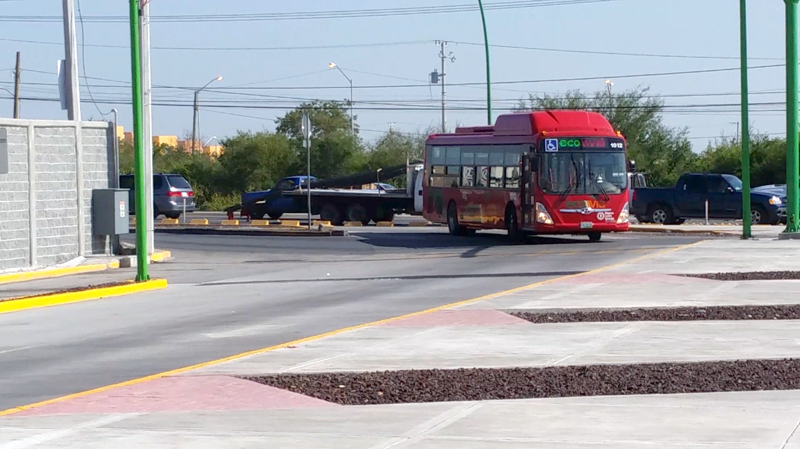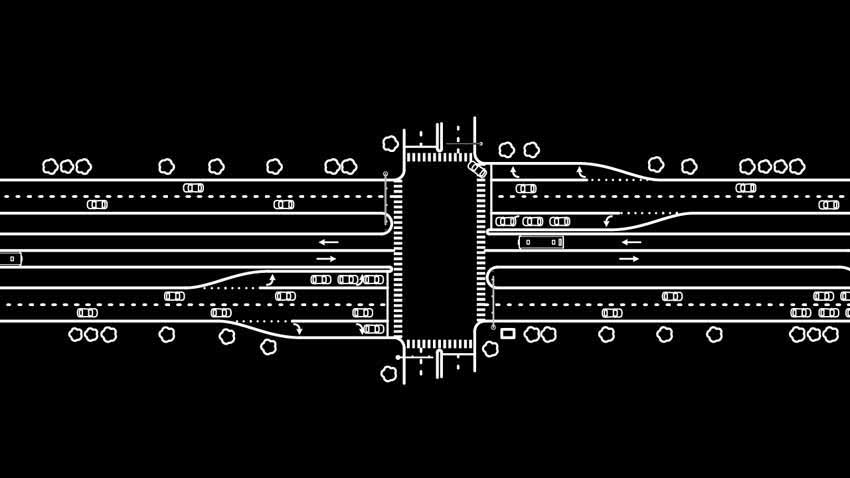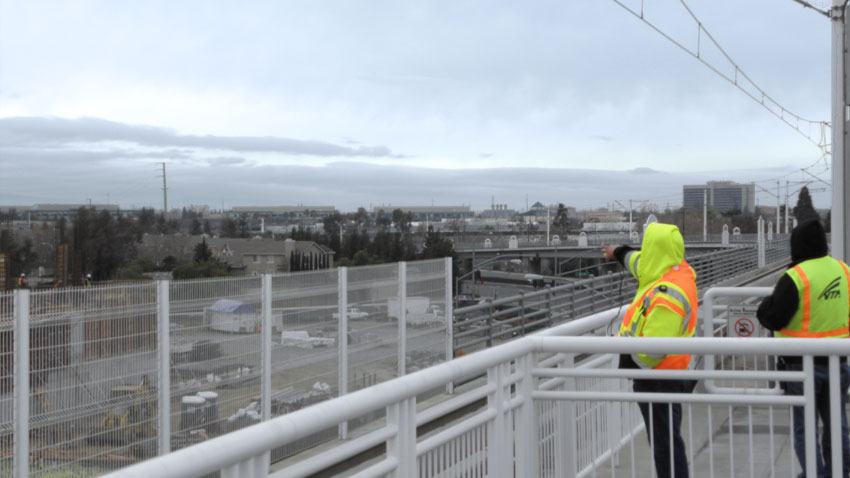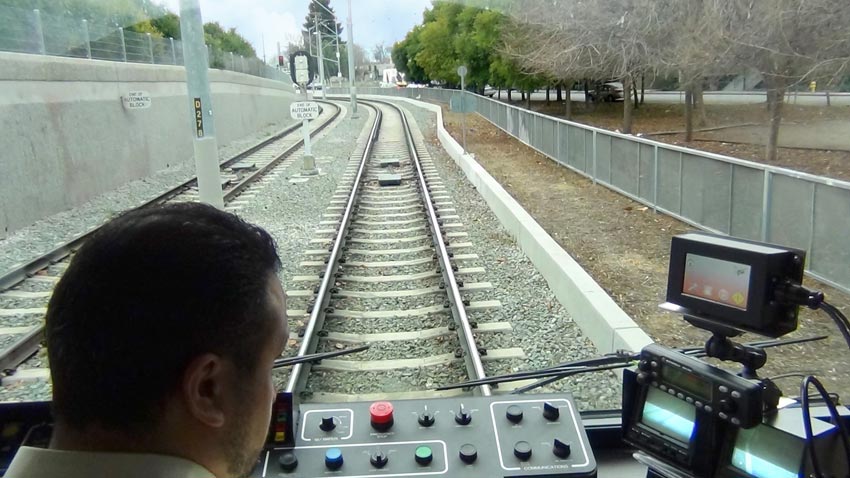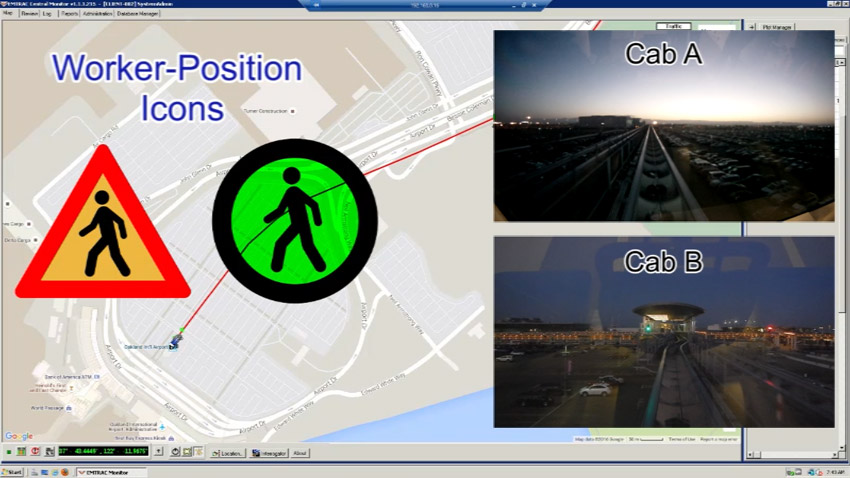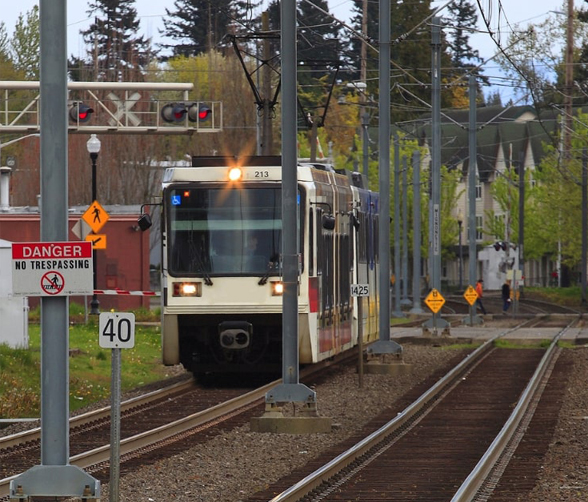
BRT Features
- Industry-best satellite and inertial positioning enables vehicles to request signal priority by lane.
- Equipped vehicles can automatically open busway and garage entrance gates, without requiring additional onboard hardware.
- Route timepoints may be automatically reported by vehicle, with timepoint data saved to detailed activity logs.
- Central Monitor software displays vehicle activity in real time on interactive map.
- Vehicles are easily configured to allow signal priority only under specified conditions.

